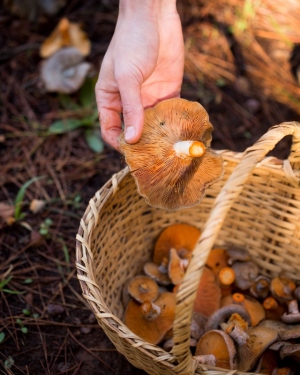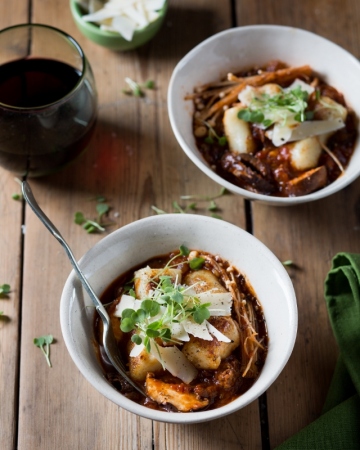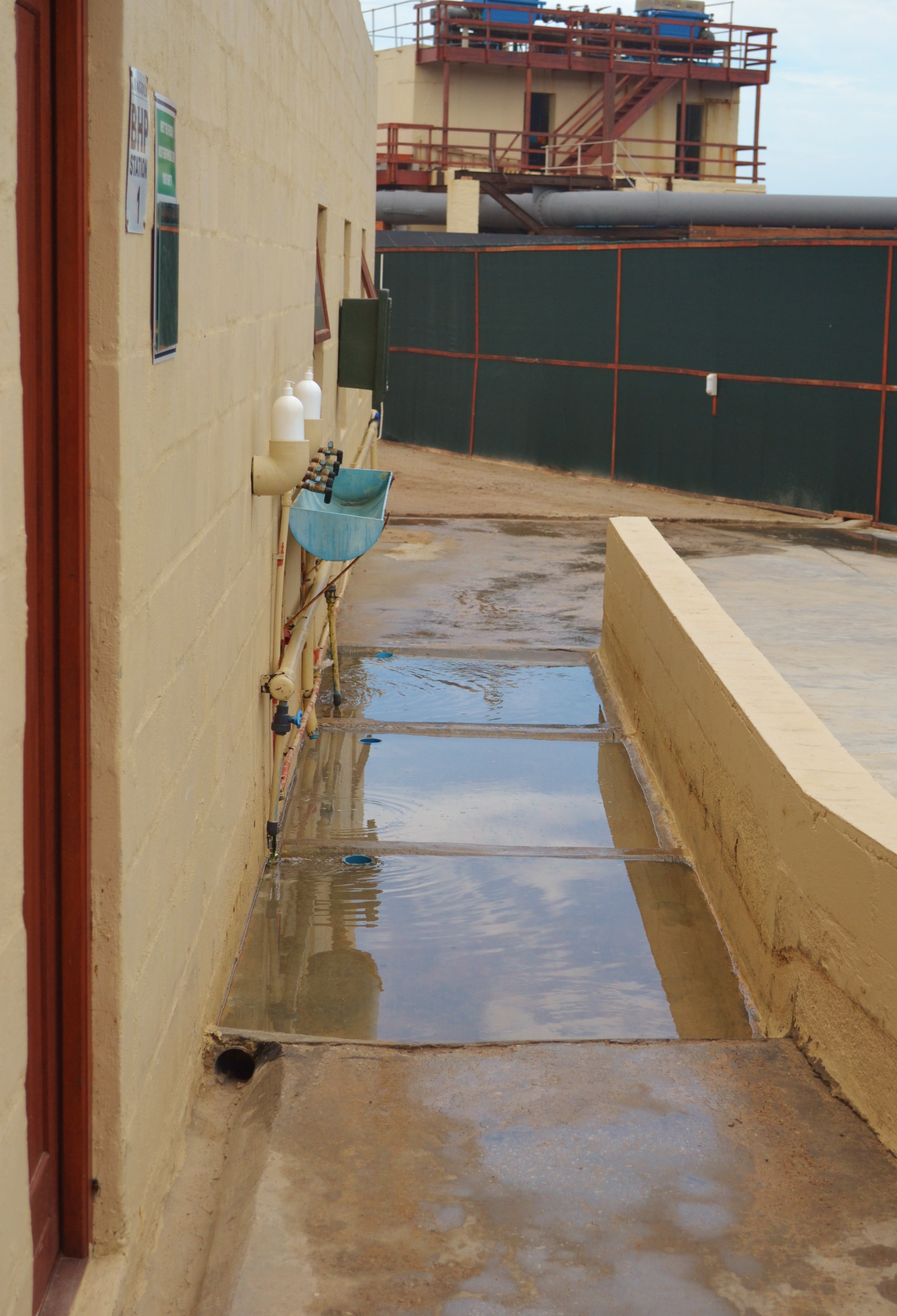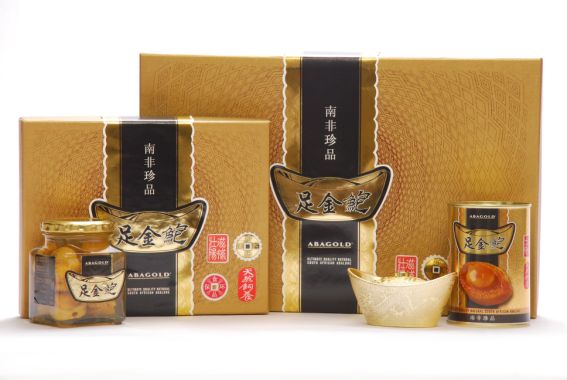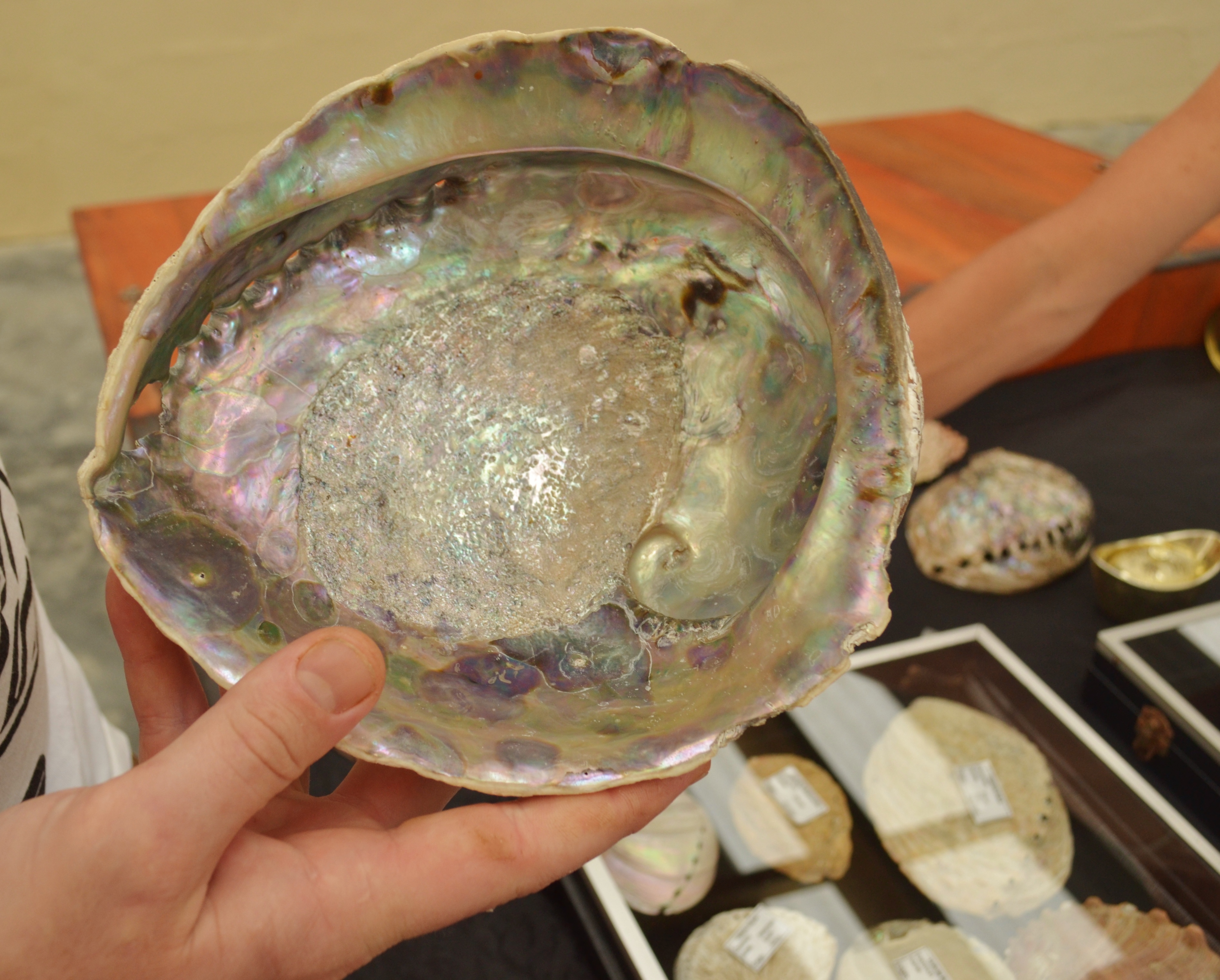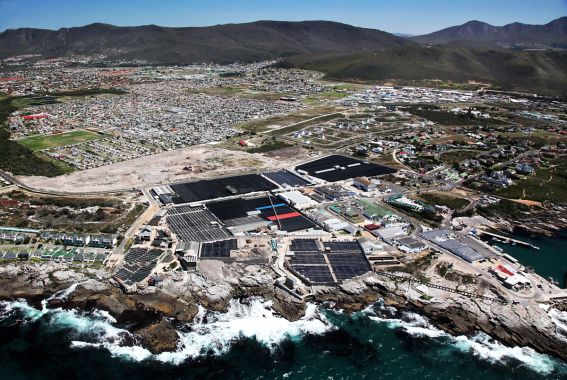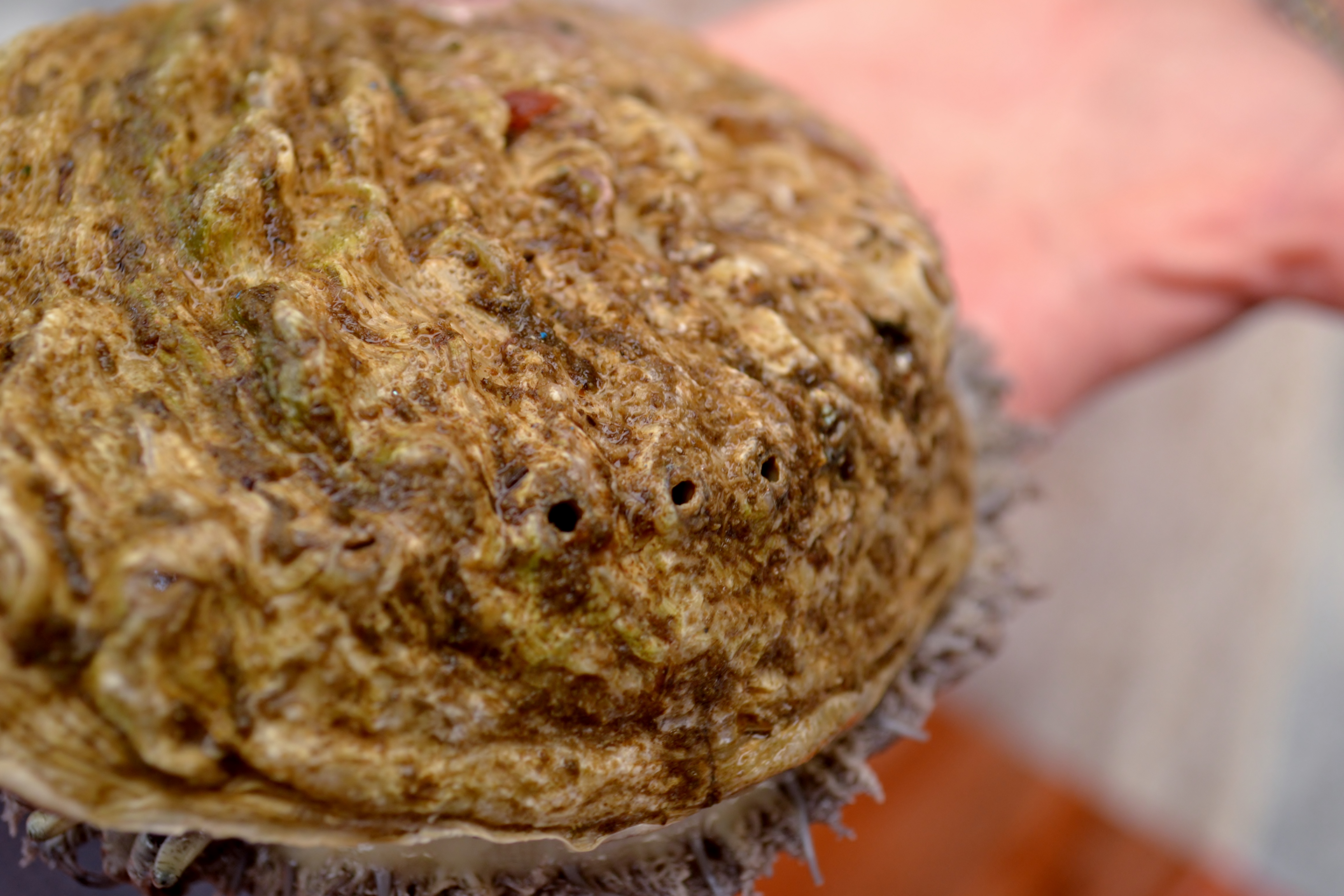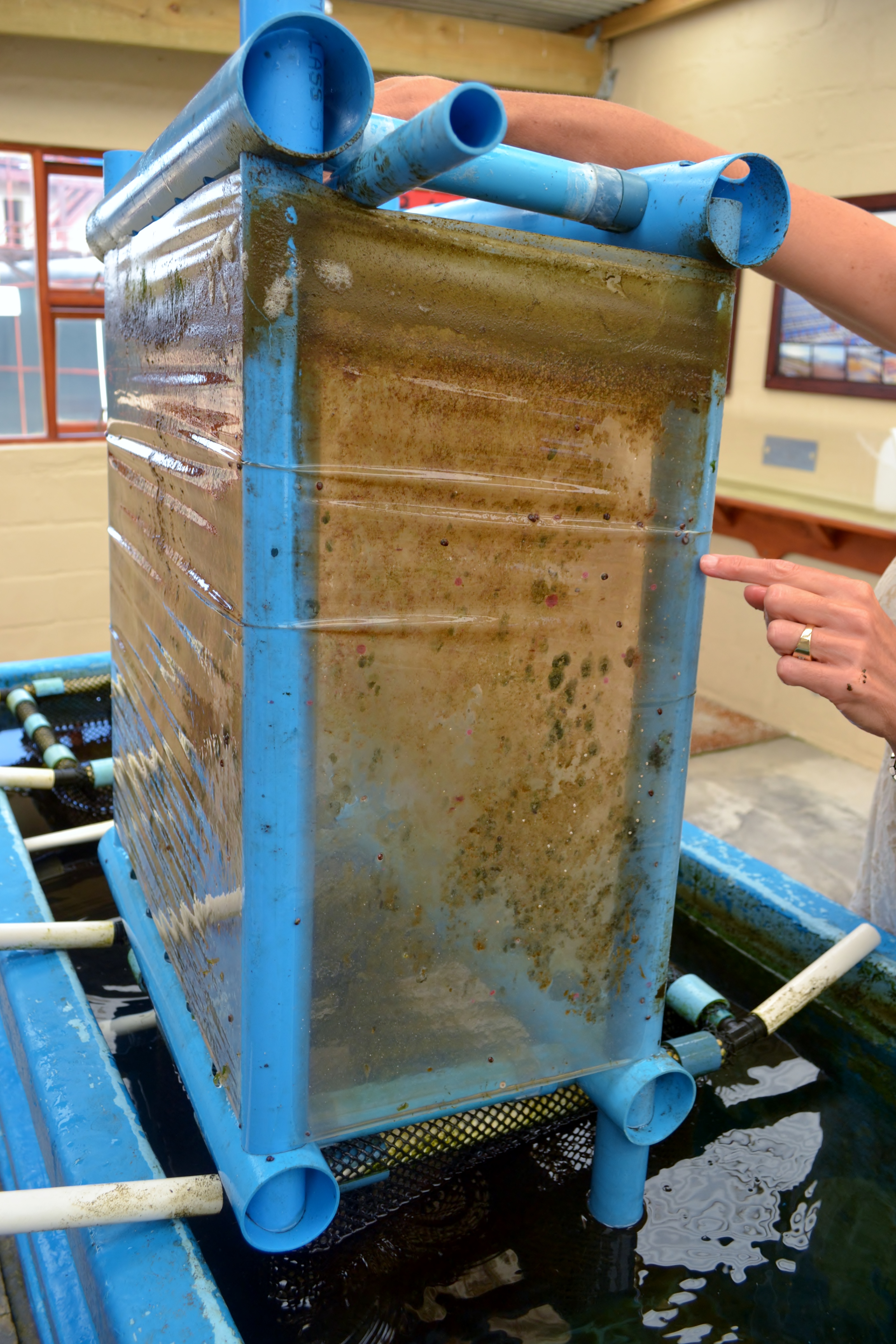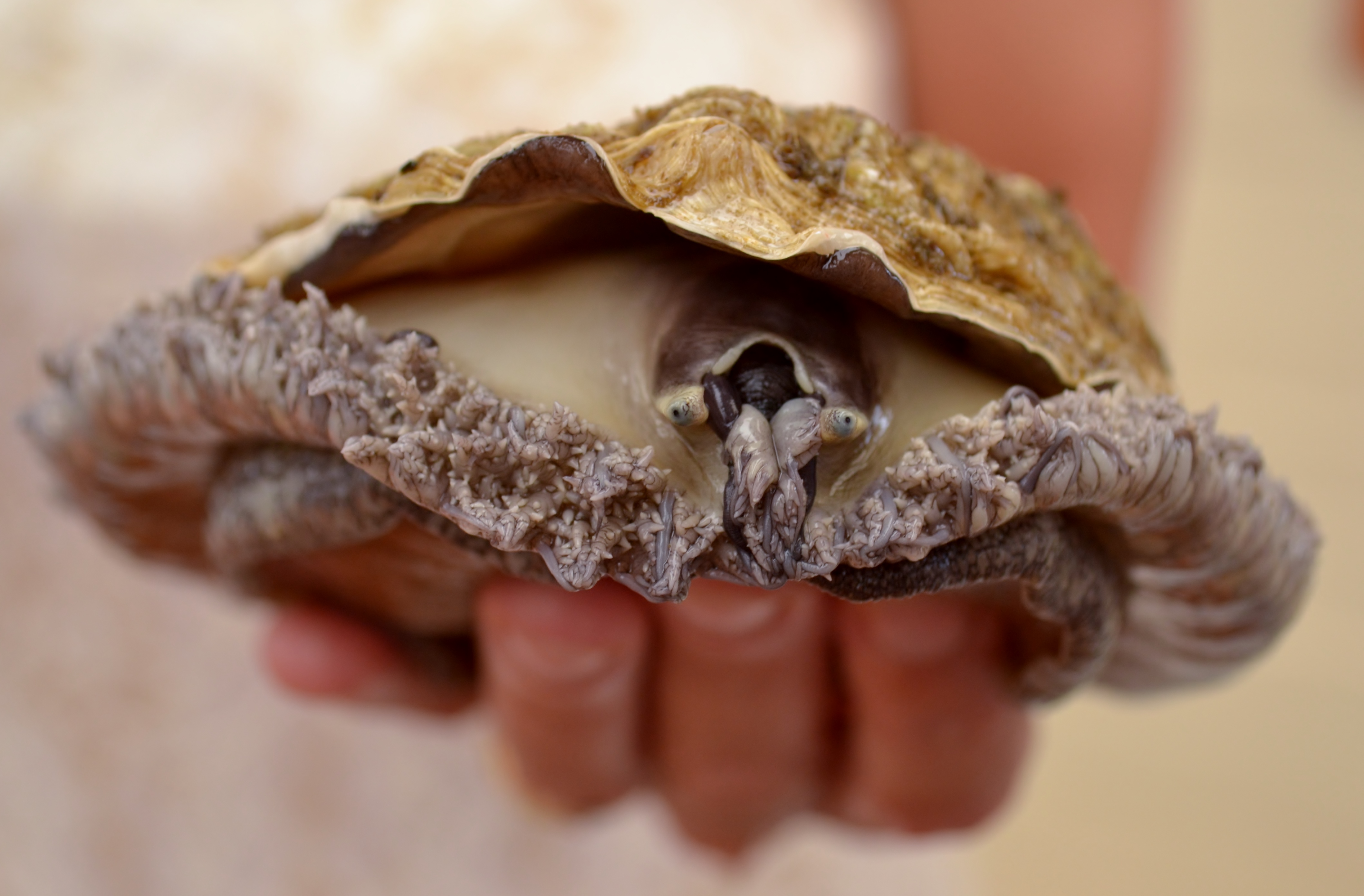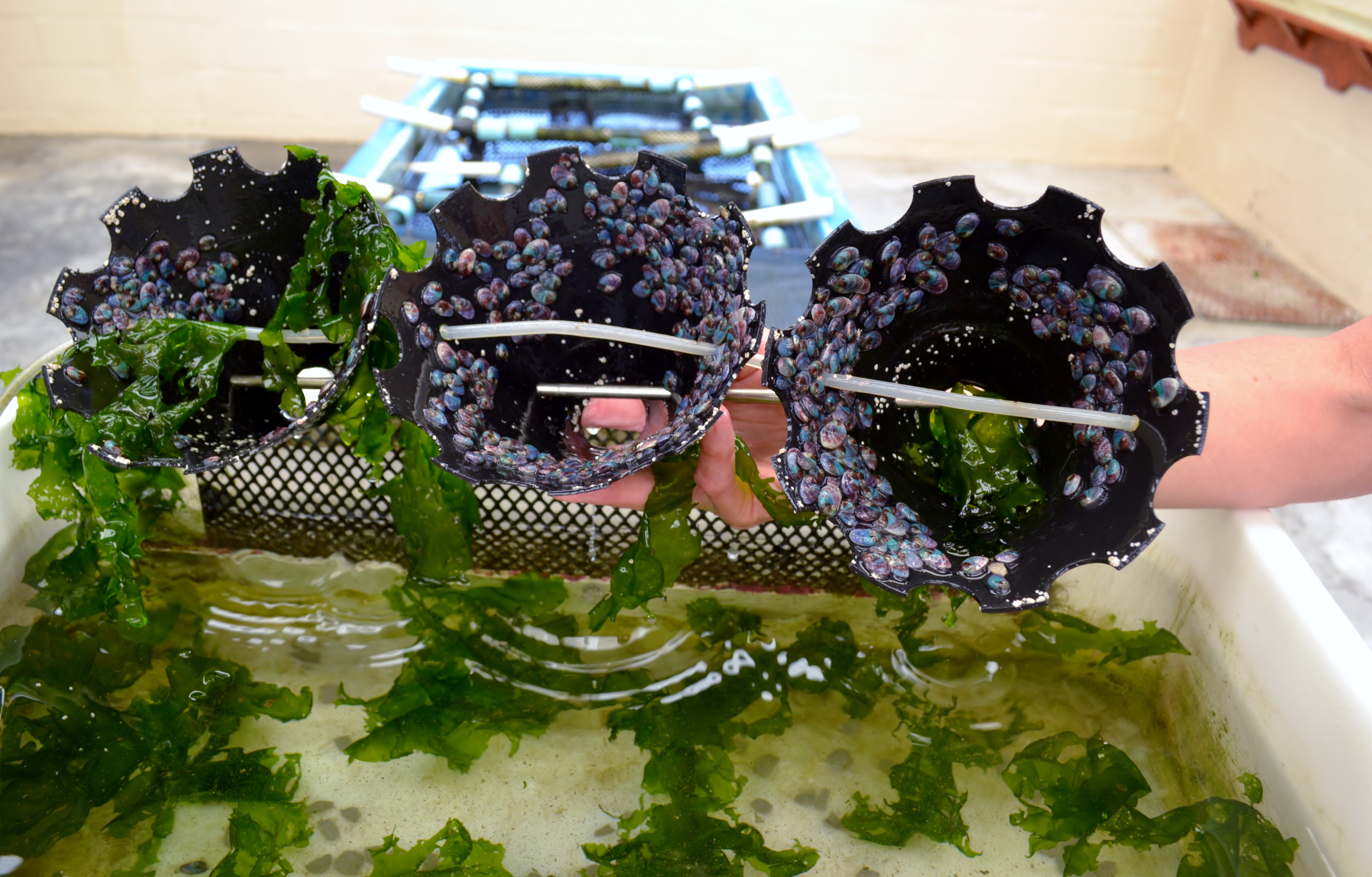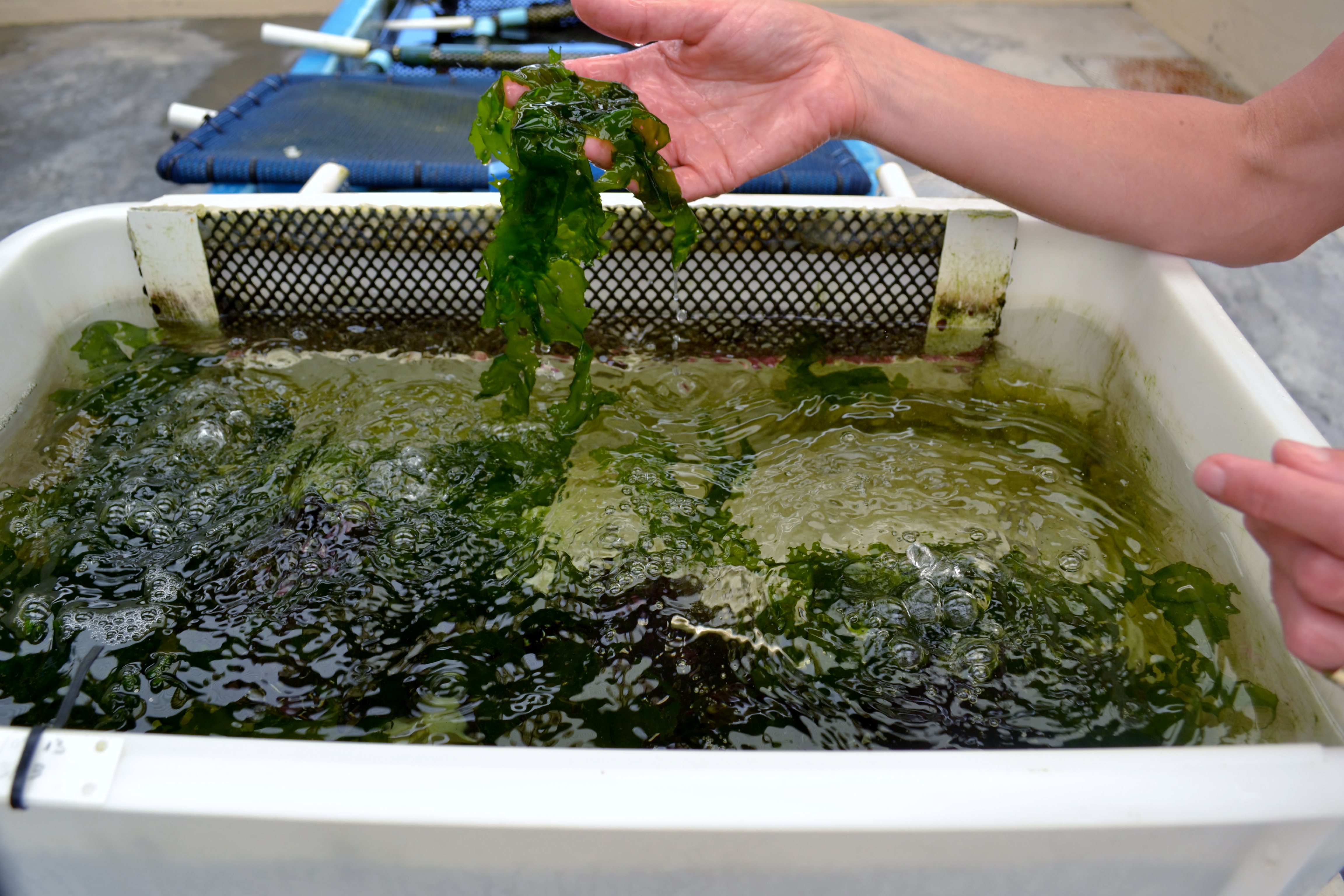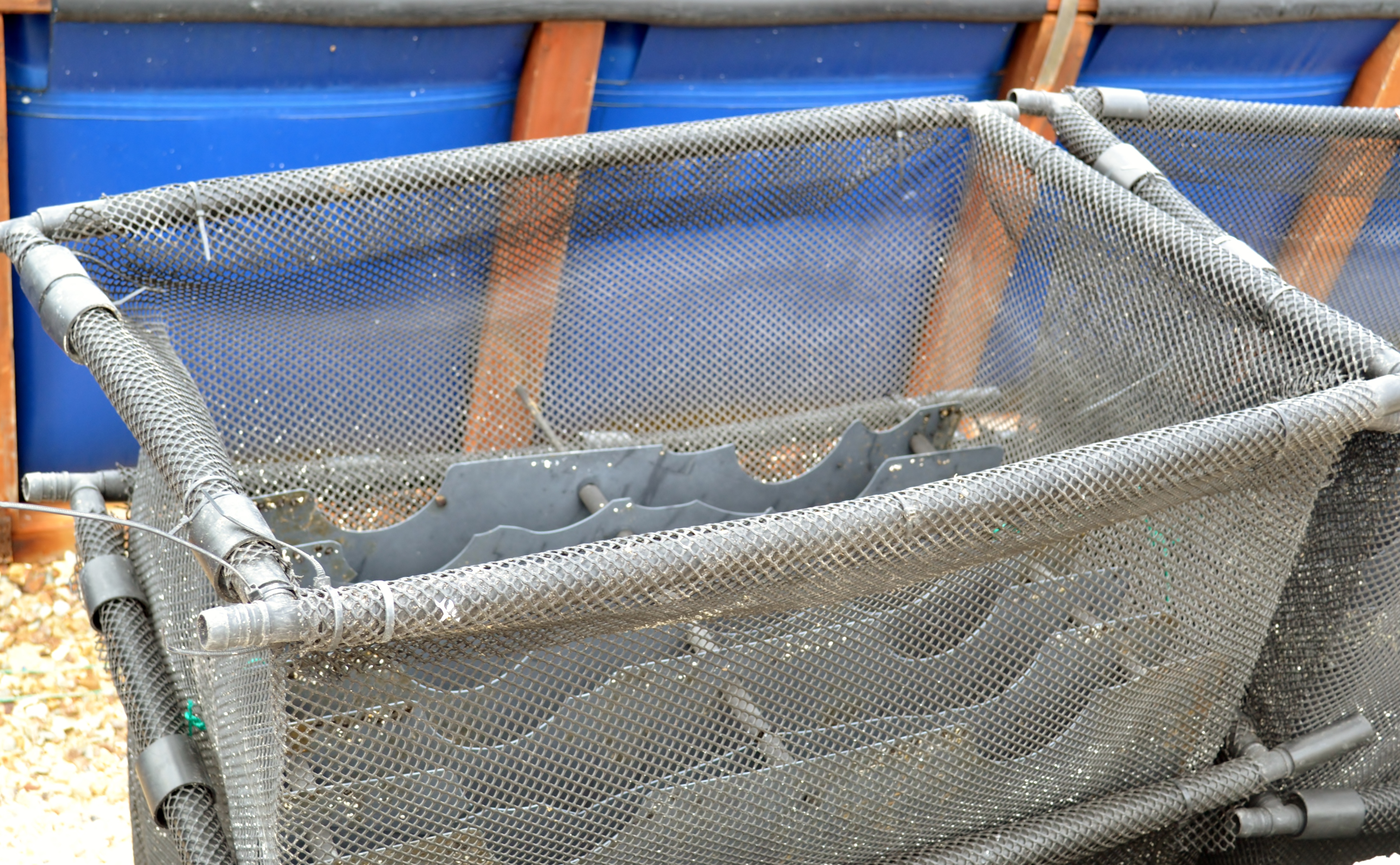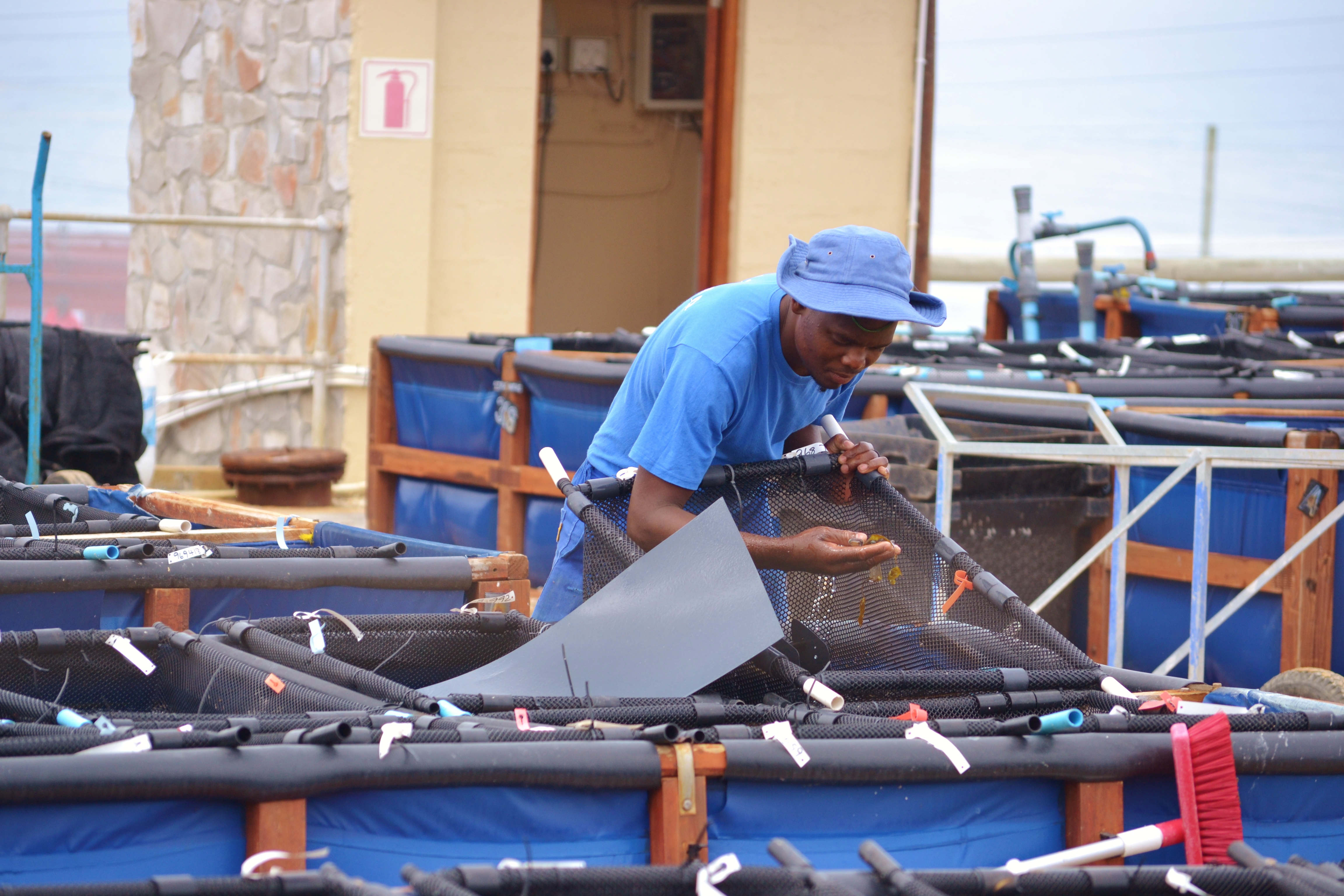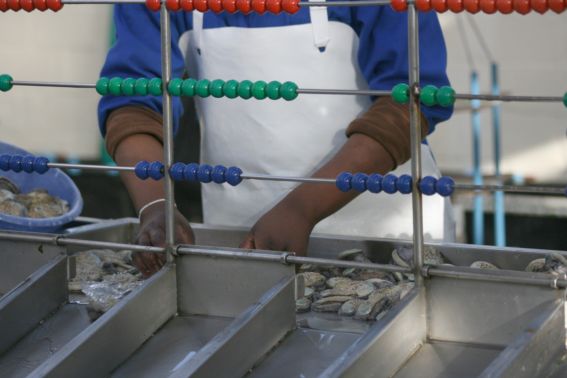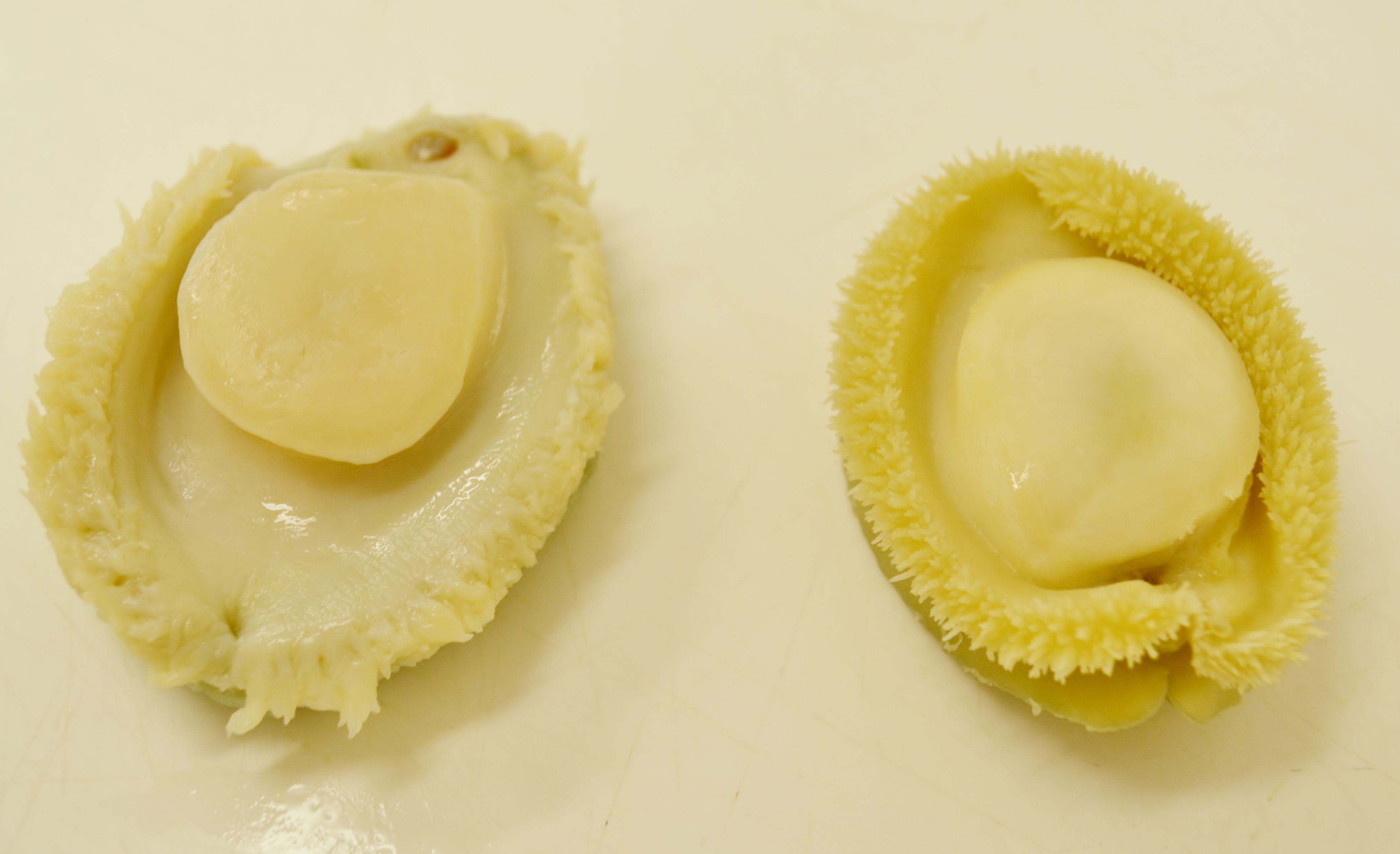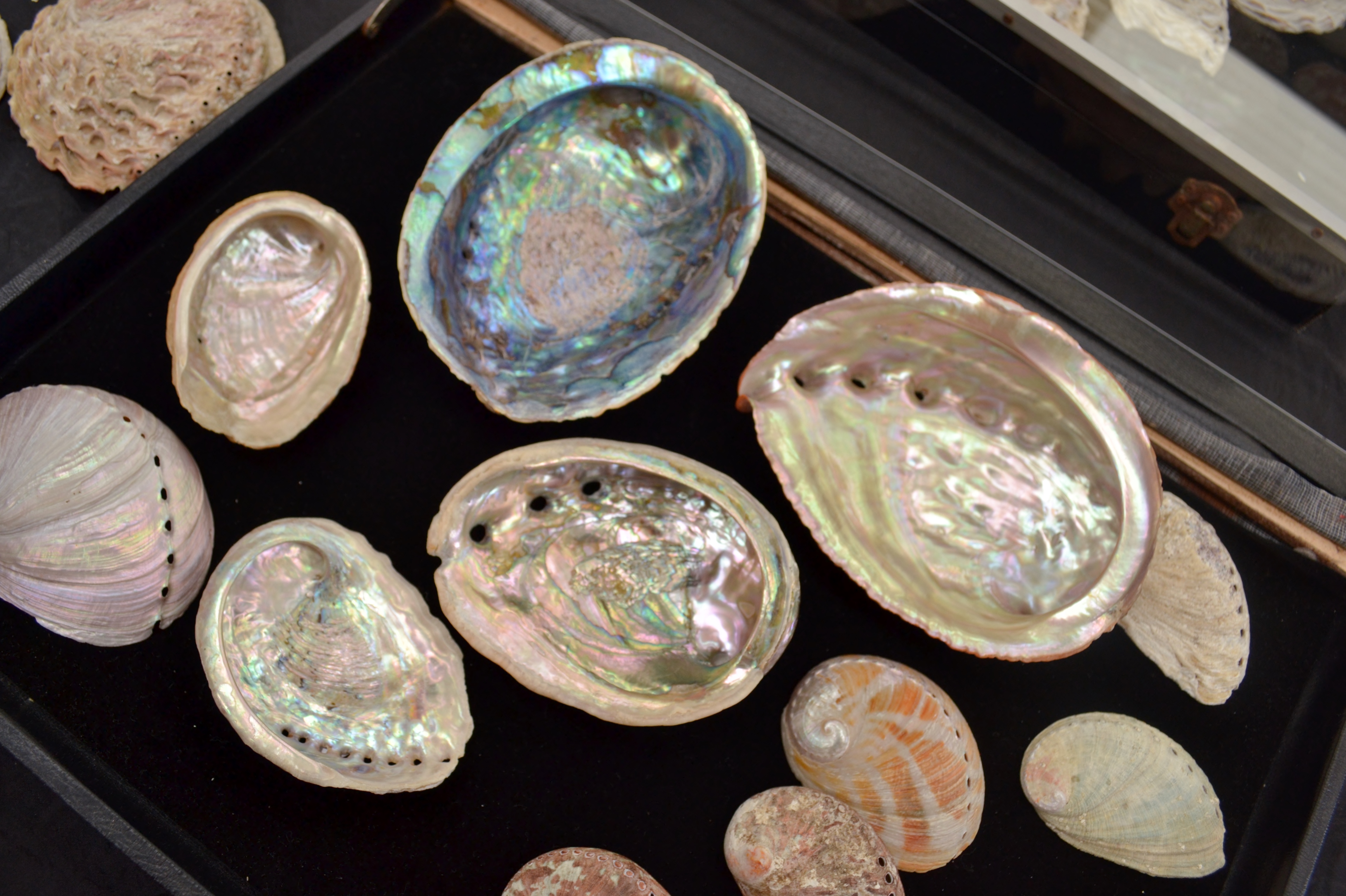One of my favourite things about winter is definitely all things fungi. I feel like a kid again when we forage. It’s like going on a treasure hunt where you find clues all around leading you to the ultimate treasure … beautiful, fresh exotic fungi.
Like any proper treasure hunt you need a map, same goes for foraging. Not only do you need to know where to look for specific fungi but also what is safe and what isn’t. Mark big black sculls for poisonous and inedible fungi and the ultimate “X” marks the spot for those hidden treasures.
I thought I might give you a few clues to add to your treasure map to make the hunt a bit easier.
If it’s your first treasure hunt aka foraging trip here’s a list of things that come in handy:
1. A walking stick (for walking and to move leaves and other debris under which our treasure might hide)
2. A woven basket (keeping mushrooms in a plastic bag makes them sweat and degrade very quickly also you want the spores, seeds if you like, to drop through onto the ground as you walk, spread and hopefully grow into nice edible mushrooms for next year)
3. A knife and a brush (for removing damaged or dirty sections before adding it to your basket)
4. Old clothes (you’ll be on your hands and knees most of the time so no use buggering up your fab wardrobe)
Savour every moment of your hunt, take your time and make a day out of it. “Getting your eye in” takes a while so the more often you 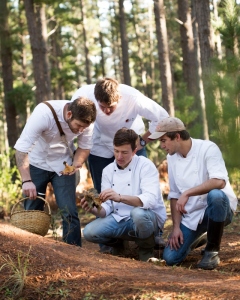 forage the easier it will become. Pack a flask of coffee for a break during the hunt and remember to look around every now and then because you’re surrounded by amazing scenery. Start with easily recognisable mushrooms and then gradually extend your list.
forage the easier it will become. Pack a flask of coffee for a break during the hunt and remember to look around every now and then because you’re surrounded by amazing scenery. Start with easily recognisable mushrooms and then gradually extend your list.
If possible take a guide with you that can tell you which mushrooms are safe for consumption and which you should rather stay away from. If you’re not so lucky research the poisonous ones before you start your hunt so that they are easily spotted. Please, please be very careful. If you’re not sure rather move on to the next spot.
Do not pick old or mouldy mushrooms even if they are edible. Like any other food that goes off, they can make you ill. If you’re unsure of what type of mushroom it is, use a stick to check and discard the stick if it’s a poisonous one. Never touch an unknown mushrooms with your bare hands and if you do make sure to wash your hands before continuing your treasure hunt.
Autumn is usually the best time to go treasure hunting but each species of fungus has its own season. They flourish in wet then warmer conditions so go hunting 2 or 3 sunshine days after a rainy one.
 Many species of fungi only grow in association with certain types of trees for example:
Many species of fungi only grow in association with certain types of trees for example:
Pine rings – pine trees
Chicken of the forest (hen of the woods) – oak trees
Porcini (cèpe) – pine or oak trees
Quick tip: When trying new mushrooms keep a few extra in the fridge for a couple of days so that if you do become ill they can quickly be identified.
Store the mushrooms in the fridge in a brown paper bag or wrap them in kitchen towel and store in a loosely sealed container. They can last several days in the fridge, some even longer.
I’ll be posting some of my favourite mushroom recipes over the next couple of weeks. Try them and let me know what you think. Some are easy entertaining recipes and others are perfect for cold wintery evenings in front of the fire.
Sausage, fennel and mushroom ragout
Serves 6-8
50 g dried porcini mushrooms
250 ml boiling water
45 ml olive oil
800 g pork sausages
1 onion, sliced
15 ml garlic, chopped
1 rosemary sprig, leaves picked and finely chopped
10 ml fennel seeds, lightly crushed
2,5 ml chilli flakes
160 ml dry white wine
2 × 400 g chopped tomatoes
3 bay leaves
500 g store-bought gnocchi
45 ml butter
45 ml olive oil
450 g mixed mushrooms, sliced
Salt and pepper, to season
Parmesan shaving, to serve
Micro leaves, to serve
1. Soak the dried mushrooms in the water for 30 minutes or until soft.
2. Push the pork sausage out of its casings and set aside. Heat the oil in a large saucepan and over high heat. Fry the sausage pieces in batches until golden brown. Remove and set aside until needed.
3. Reduce heat to medium. Cook onion for 8-10 minutes or until soft and translucent. Drain the mushrooms, reserving the liquid. Add the mushrooms, garlic, rosemary, fennel and chilli. Fry for 1-2 minutes. Add the wine and simmer until it has almost completely evaporated.
4. Add the sausage pieces, tomatoes, bay leaves and mushroom liquid. Simmer for 20 minutes, stirring every now and then.
5. Cook the gnocchi in boiling salted water for 3-4 minutes or until they rise to the top just before serving. Remove and drain.
6. Heat the butter and oil in a large frying pan over medium high heat. Add the mushrooms and gnocchi and fry until golden brown. Season to taste.
7. Spoon the sauce into serving bowls and top with the fried mushrooms and gnocchi. Serve with parmesan shavings and micro leaves.
Photographer: Daniela Zondagh
Food Stylist & Recipe Developer: Inemari Rabie



